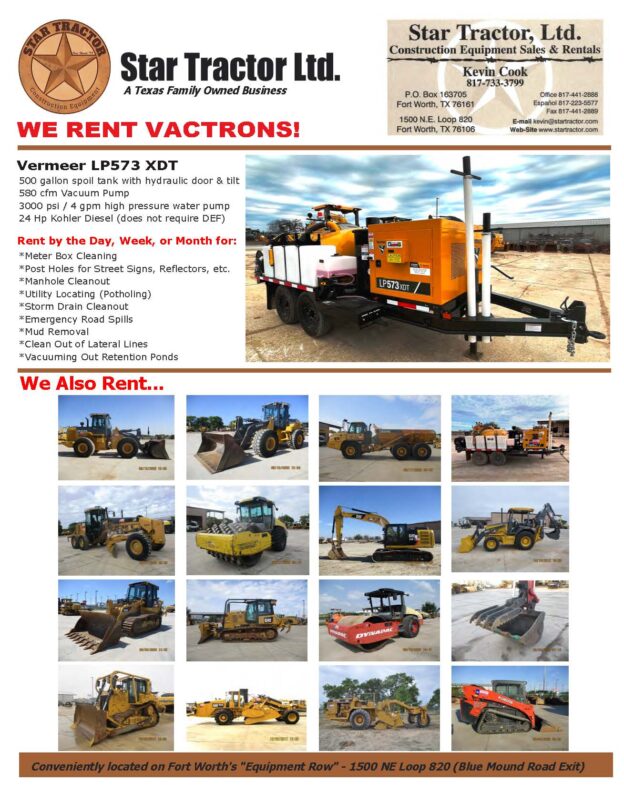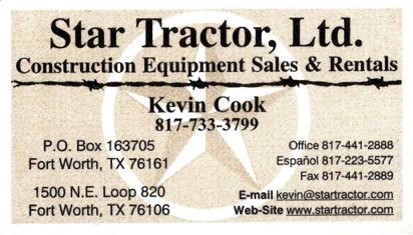Getting behind the controls of heavy equipment can be intimidating, but with the right preparation and knowledge, you can operate these powerful machines safely and effectively. Whether you’re tackling your first construction project or looking to brush up on best practices, here’s your comprehensive guide to operating rented equipment safely.
Start with the Basics: Know Your Machine
Before you climb into that operator’s seat, take time to understand your equipment. Every machine has its quirks and features, and familiarizing yourself with them is crucial. Read through the operator’s manual, and don’t hesitate to ask for a demonstration from your rental provider. Understanding the basics of your machine’s operation isn’t just about efficiency—it’s about safety.
Pre-Operation Checklist: Your Safety Foundation
Think of this as your equipment’s health check. Before starting any work, inspect:
- Hydraulic systems for leaks or damage
- Control responsiveness
- Tire or track condition
- Fluid levels (oil, coolant, hydraulic fluid)
- Safety features and warning systems
This quick inspection can prevent accidents and save you valuable time down the line.
Gear Up for Safety
Never underestimate the importance of proper safety gear. Your essential equipment checklist should include:
- A well-fitting hard hat
- Safety glasses with side protection
- Steel-toed boots
- High-visibility clothing
- Work gloves
- Hearing protection when needed
Remember, this gear isn’t optional—it’s your first line of defense against workplace hazards.
Operating Tips for Success
Success in heavy equipment operation comes down to following proven practices:
Start slow and steady. If you’re new to the equipment, find an open area to practice basic maneuvers. Get comfortable with the controls before tackling more challenging tasks.
Stay aware of your surroundings. Construction sites are dynamic environments with constantly moving people and equipment. Maintain awareness of what’s happening around you at all times.
Respect machine limits. Every piece of equipment has specific capacity limits. Exceeding them isn’t just dangerous—it can damage the equipment and your reputation.
Take regular breaks. Operating heavy equipment requires intense focus. Schedule regular breaks to stay alert and maintain good judgment.
Emergency Preparedness
Even with perfect preparation, emergencies can happen. Know these crucial elements:
- How to quickly but safely shut down your equipment
- Emergency exit procedures
- Who to contact if something goes wrong
- Location of first aid supplies and fire extinguishers
Keep emergency contact numbers readily available, including your rental provider’s support line.
Maintaining Focus and Energy
Operating heavy equipment isn’t a task you can do on autopilot. Stay sharp by:
- Getting adequate rest before operating equipment
- Staying hydrated and taking regular breaks
- Avoiding distractions like mobile phones while operating
- Maintaining clear communication with ground crews
Proper Equipment Care
Treating rental equipment with care ensures both safety and reliability:
- Keep the equipment clean
- Report any operational issues promptly
- Follow maintenance schedules
- Document any incidents or concerns
When you’re finished with the equipment, return it in the same condition you received it. Clean off debris, refuel if required, and report any issues you encountered.
The Path to Expertise
Becoming proficient with heavy equipment takes time and practice. Don’t be afraid to:
- Ask questions when unsure
- Request additional training
- Learn from experienced operators
- Take advantage of available resources and guidance
Ready to Get Started?
Operating heavy equipment safely requires attention to detail and a commitment to best practices. By following these guidelines, you’ll be well on your way to becoming a skilled and safety-conscious operator.
Need expert guidance on equipment rental or have questions about specific machinery? Give us a call at 817-733-3799. Our team is here to ensure you have the knowledge and support you need for a successful project.
Remember: Safety isn’t just about following rules—it’s about creating a culture of responsibility that protects you, your team, and your project’s success. Start with these fundamentals, and you’ll build a strong foundation for safe equipment operation.






